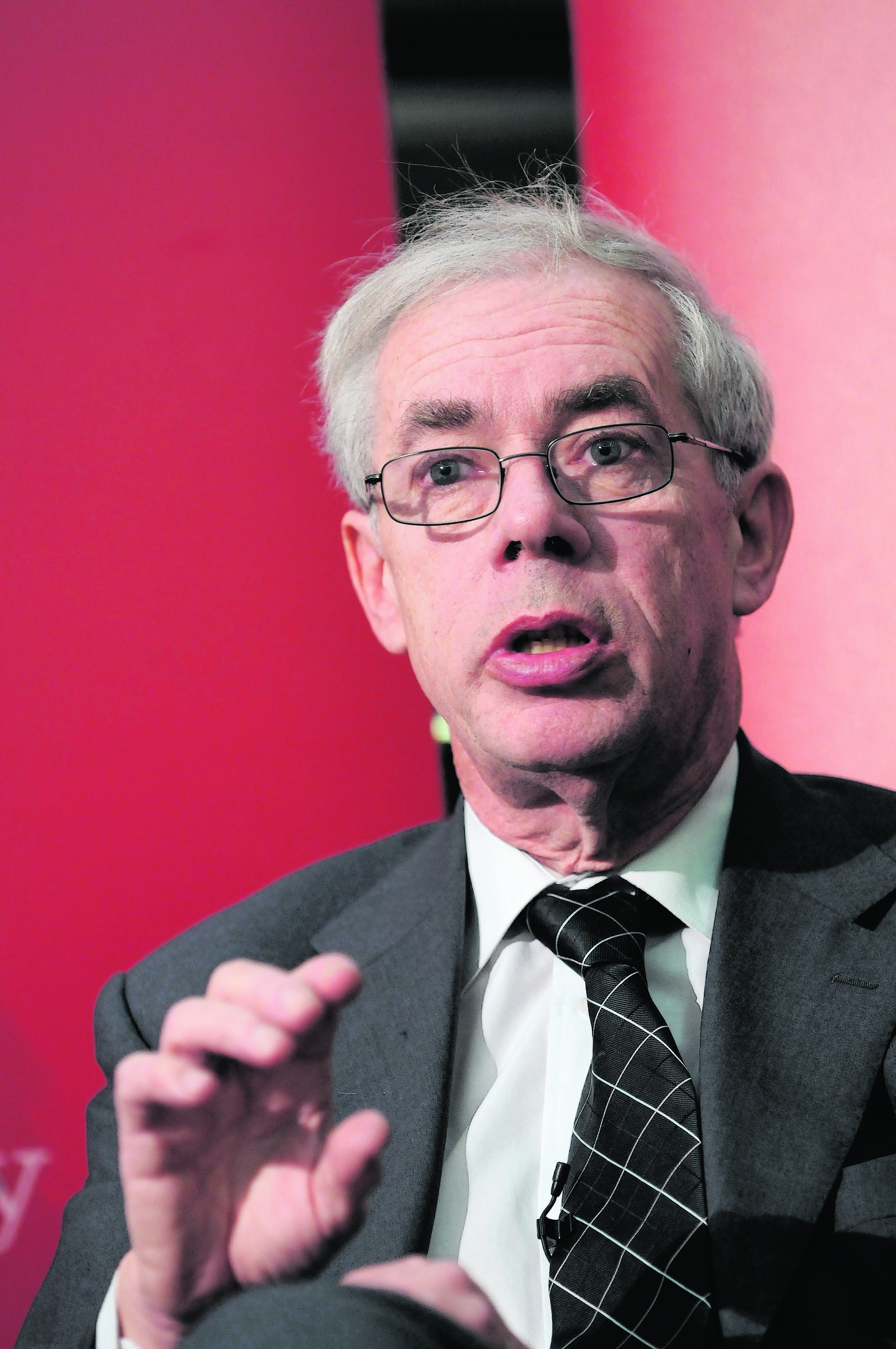A leading economist has said that keeping the pound without a deal with Westminster may be the “better” option for an independent Scotland than a currency union.
Professor John Kay questioned why the so-called “sterlingisation” route has not been considered more seriously by independence supporters.
Writing exclusively in the Press and Journal’s referendum supplement today, he claims that both sides in the debate are “posturing” over the SNP’s preferred currency union plan.
The London School of Economics visiting professor – a former member of the Scottish Government’s council of economic advisers – argues that everything would be up for negotiation after a Yes vote.
However, Professor Kay believes it is the Scottish Government, not the Treasury, that would reject the currency union because of the economic controls it would have to give up.
He writes: “Perhaps a better alternative is for Scotland to continue to use the pound whether the rest of the UK likes it or not.
“This option has not been taken very seriously.
“Countries that have made the decision to unilaterally adopt the currency of another state have typically been either small enclaves (like Monaco) or economic basket cases (Ecuador, Panama, Montenegro) which have more confidence in the Federal Reserve and European Central Bank than their own financiers.
“But there is no reason why monetary arrangements after independence should not continue more or less as they are now.”
The Edinburgh-born expert also dismisses fears that Scotland could not bail out its banks, saying the nation “need not and should not assume responsibility for underwriting the global financial system”.
Professor Kay concludes: “The status quo is the best option – and, whatever grandstanding may take place today, there is little George Osborne or his successor could do about it.
“But that means Scotland’s monetary policy would be run from London.
“There are serious limits to the degree of economic independence a small country in a big world can achieve.”
A spokesman for Scottish Finance Secretary John Swinney said: “We agree that this is campaign posturing and grandstanding from Westminster – as admitted by the senior UK minister who said ‘of course’ there will be a deal on currency union after a Yes vote.
“The pound is as much Scotland’s as England, Wales and Northern Ireland’s – and we’re keeping it.”
A Better Together spokesman said: “Up to one million Scots will receive their postal ballots this week, yet we still don’t know what currency we would use to replace the pound in a separate Scotland.
“We have no idea what money our wages, pensions and benefits would be paid in, or what currency we would use to pay for our NHS. It’s unacceptable.”
xxxx supplement
